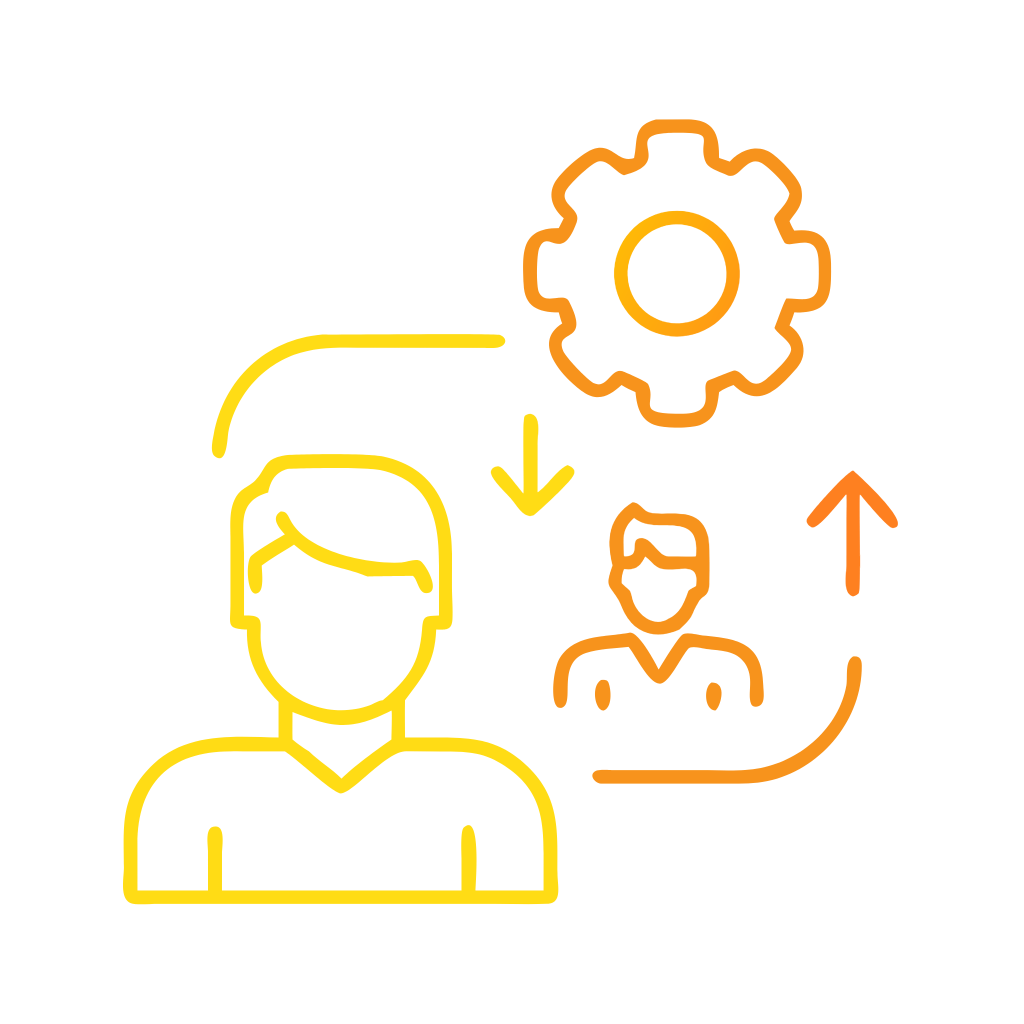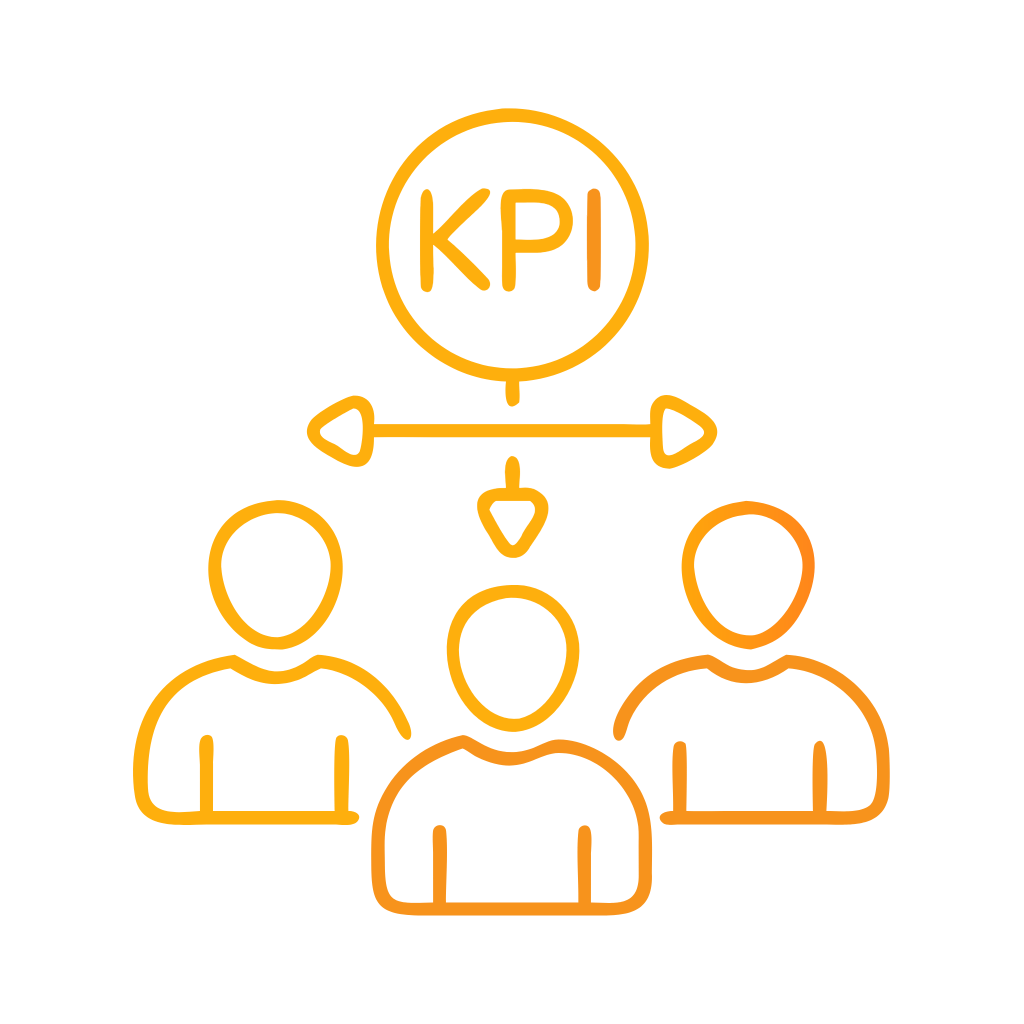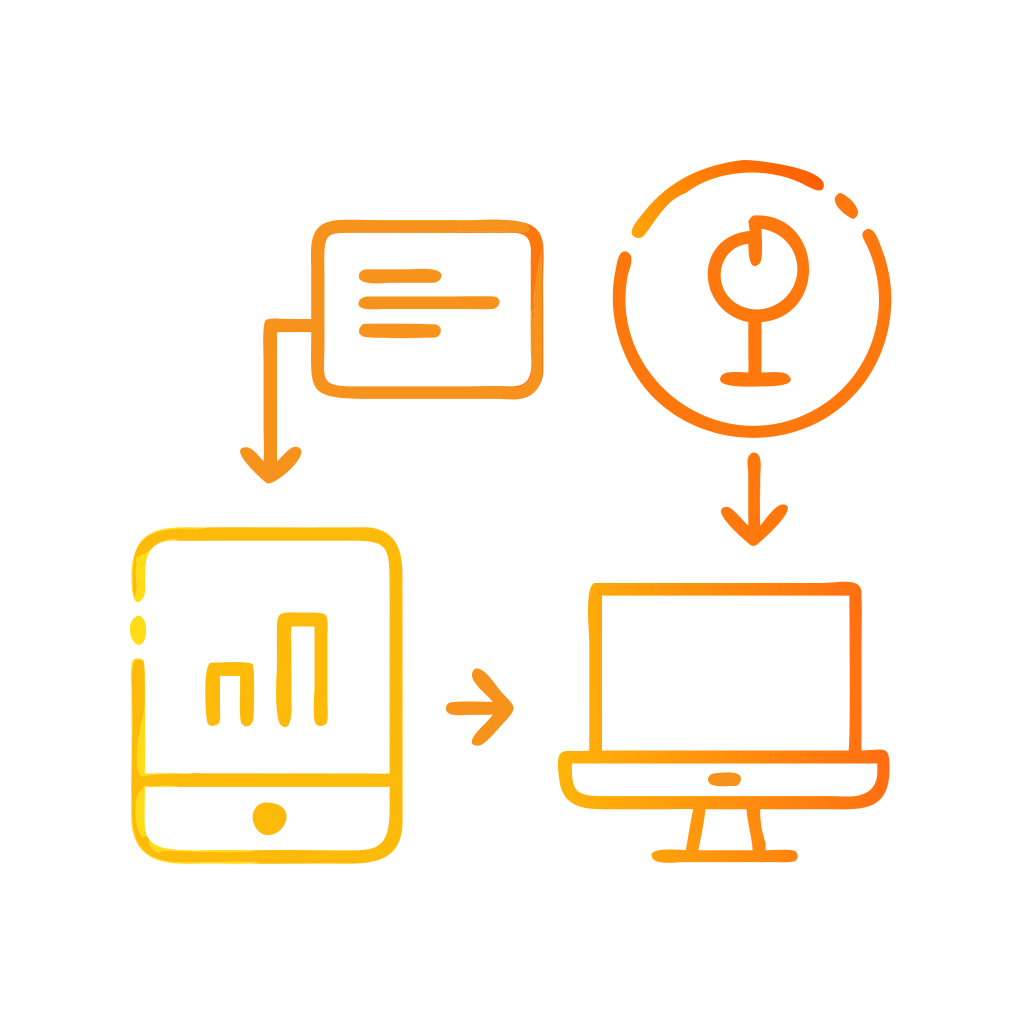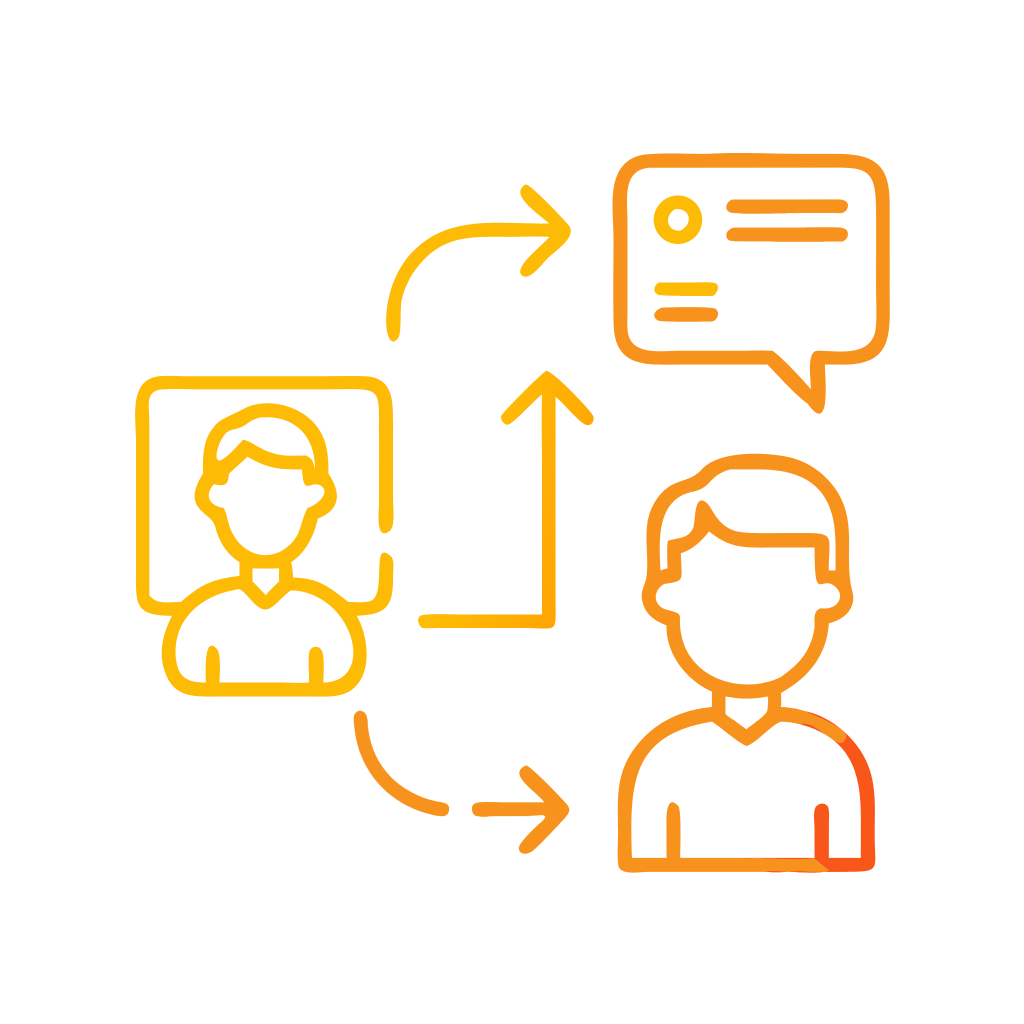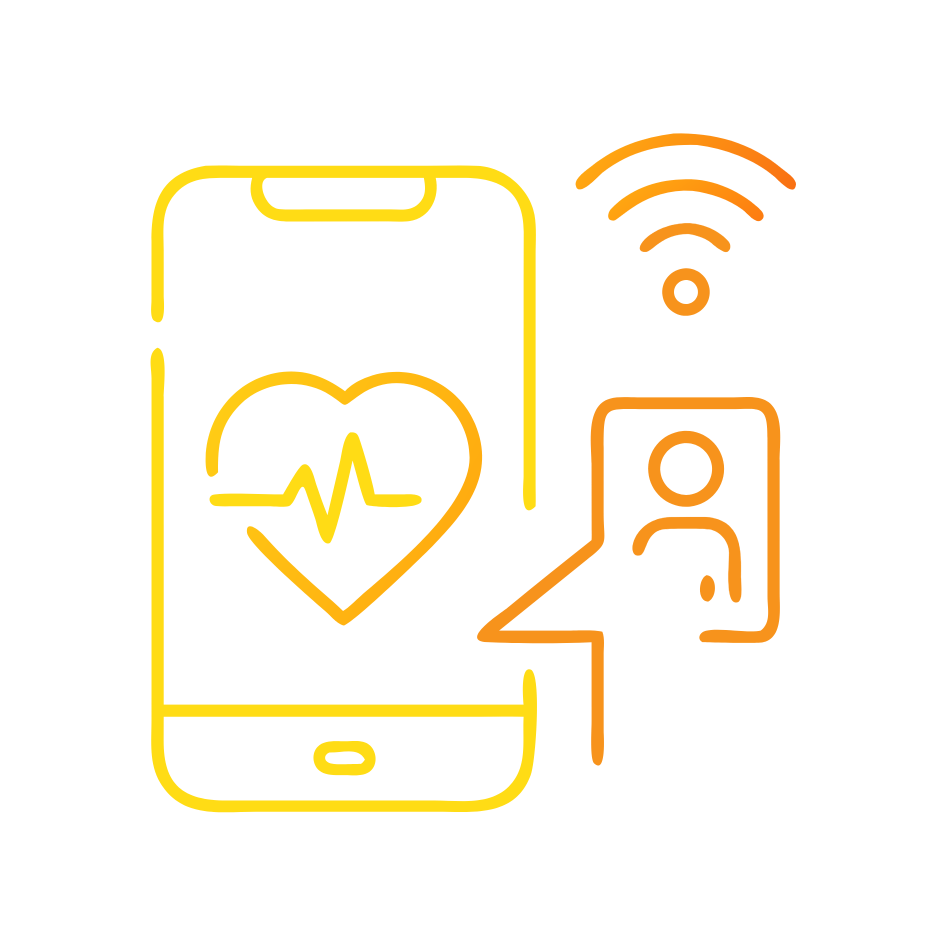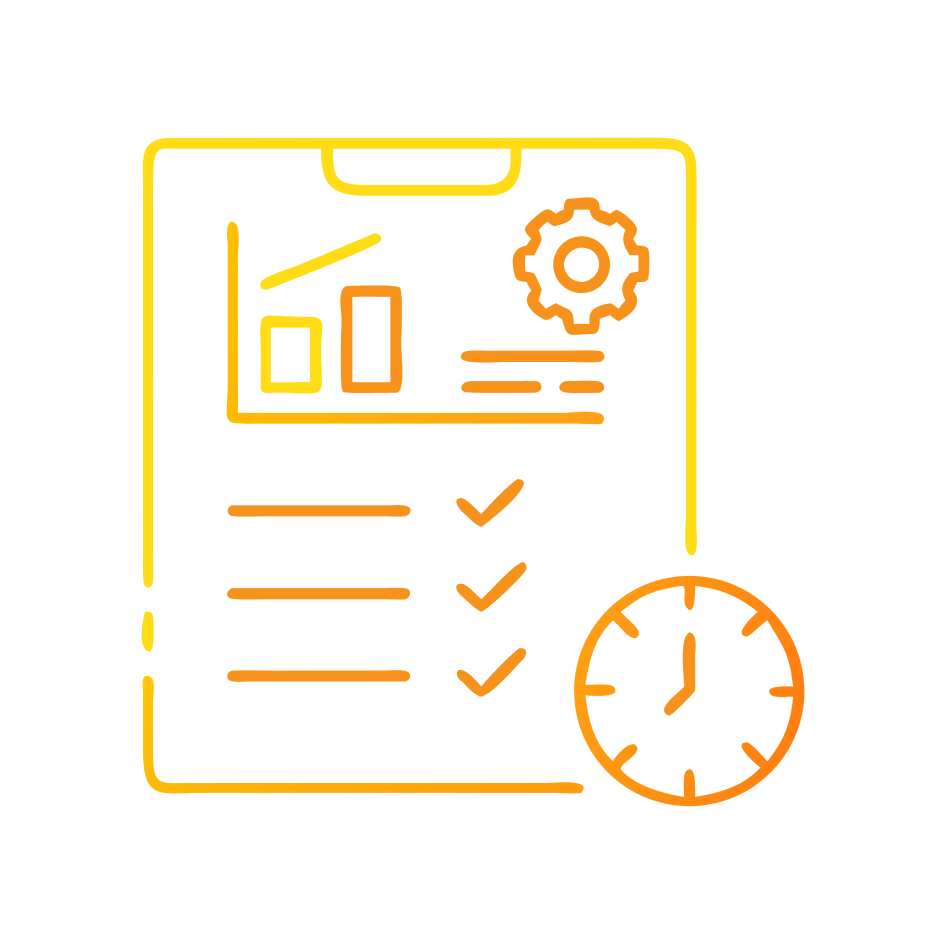What are micro-moments and why do they matter now?
Leaders define micro-moments as brief, intent-rich interactions when customers turn to a device to learn, decide, or act. These moments compress discovery, evaluation, and purchase into seconds, which means experience design must meet explicit intent with precise help.¹ Micro-moments matter because customers expect immediate relevance, not generic journeys. Teams that recognize intent in the moment earn attention, trust, and revenue while teams that do not lose to faster, clearer competitors.¹ Micro-moments align with the classic idea of “moments of truth” in journeys, but bring a stronger emphasis on intent signals, context, and speed.² Customer Experience leaders who treat these interactions as design units set realistic scopes for improvement and avoid trying to optimize an entire journey at once.²
Myth: “Micro-moments only apply to mobile search”
Executives often assume micro-moments live only in mobile search. Reality says otherwise. Micro-moments occur across web, app, chat, voice, and agent-assisted channels because intent rides with the person, not the device.¹ Retail curbside pickup flows, insurance claim photo uploads, and utility outage updates all create micro-moments where clarity beats complexity. Customer service also hosts high-value micro-moments such as authentication, order status, password reset, and claim confirmation. Treating micro-moments as a cross-channel pattern frees your roadmap to target the few interactions that create outsized emotional and economic impact.³ When leaders expand the scope beyond search, they unlock operational fixes like smarter routing, clearer status messages, and proactive notifications that shrink effort and improve satisfaction.³
What is the difference between micro-moments and the overall customer journey?
Leaders map journeys to understand stages and transitions while they define micro-moments as the atomic interactions that sit inside those stages.² Journey maps show flow. Micro-moments show intent. Teams need both artifacts because the map explains where customers are headed and the moment explains what they need right now.² Customer Journey Analytics systems quantify how people move between steps over time, while moment-level instrumentation measures latency, comprehension, and task completion inside a single interaction.⁴ This separation helps organizations fund targeted fixes that customers can feel this quarter, not only multi-year replatforming.⁴ When the organization aligns metrics by layer, executives gain visibility from board-level outcomes down to the UI elements that remove friction.
Myth: “We should chase every micro-moment”
High performers do not optimize every interaction. They select the few moments that create measurable value, such as “Where is my order,” “Is my claim approved,” or “Help me pay now.”³ Prioritization starts with evidence. Teams gather intent data from search queries, help-center logs, chat transcripts, and agent notes to validate demand.¹ They then rank moments by frequency, failure cost, deflection potential, and lifetime value impact.³ Over-investing across all moments dilutes the benefits and buries teams in low-impact work.³ Executives should demand a portfolio view that concentrates design, engineering, and analytics on the interactions that change customer effort, churn, and revenue.
How do micro-moments change design, identity, and data foundations?
Design uses plain language, singular calls to action, and progressive disclosure so people finish the task without cognitive noise.¹ Identity resolves who is present and what they are allowed to do with minimal friction. Strong identity foundations collapse repetitive authentication and personalize next best action without creepy overreach.⁴ Data teams unify event streams, decisioning rules, and consent so the system can greet a returning user, surface the right offer, or escalate to an agent with context intact.⁴ When experience, identity, and data operate as one, micro-moments deliver the speed, clarity, and continuity that customers remember.⁴
Fact: Consistency across moments compounds satisfaction
McKinsey’s research shows that consistent experiences across touchpoints raise customer satisfaction and loyalty. Consistency also reduces cost to serve by preventing rework and repeat contacts.⁵ Micro-moments operationalize consistency by standardizing how intent is detected and answered.⁵ A consistent “I need to speak to an agent” pattern can unify escalation UX, authentication reuse, and warm transfers in every channel.⁵ Leaders who set a playbook for common moments make excellence repeatable and measurable across products, markets, and brands.⁵
Which metrics prove micro-moment outcomes to a CFO?
Finance leaders care about metrics that tie to cash flow. Micro-moments link to four baskets. First, revenue conversion improves when intent-specific pages and flows reduce friction.¹ Second, cost to serve falls when self-service resolves high-frequency intents without handoffs.³ Third, retention improves when status visibility, proactive alerts, and recovery flows reduce anxiety.⁵ Fourth, risk and compliance improve when identity and consent controls gate sensitive actions while preserving ease.⁴ Tie these baskets to hard measures like task completion rate, average handle time, authenticated self-service rate, claim cycle time, and repeat contact rate. Close the loop with cohort-based A/B tests that demonstrate durable impact, not one-off spikes.¹
Myth: “Micro-moments are a marketing thing, not an operations thing”
Marketing popularized micro-moments, yet operations turns them into outcomes.¹ Contact centers own many of the most valuable moments because they handle intent that self-service could not complete. Operations teams can redesign authentication, status disclosure, and payment flows to prevent avoidable volume.³ Journey Analytics can pinpoint where customers bounce, channel-hop, or call after using self-service, which reveals broken moments that are ripe for repair.⁴ When operations and marketing share one backlog of cross-channel micro-moments, the organization stops optimizing silos and starts improving the experience people actually have.⁴
What operating model turns micro-moments into a repeatable capability?
Executives build a capability, not a campaign. Start by naming cross-functional owners for each priority moment. Give each owner a clear problem statement, a target metric, and authority to change content, UX, and policy. Equip owners with identity and analytics support so they can run tests quickly and safely.⁴ Create design standards for plain language, status clarity, escalation, and consent.¹ Stand up weekly reviews that compare performance for all owned moments against targets. Publish changes and results so others reuse patterns rather than reinvent them. This cadence builds institutional memory, multiplies wins, and makes continuous improvement visible to the board.⁵
How do we compare micro-moments to alternative frameworks?
Micro-moments complement Jobs to Be Done by focusing on context and immediacy. JTBD tells you why the customer is here. Micro-moments tell you what they need right now.¹ Micro-moments also align with moments of truth from service design, adding digital signals, identity, and analytics to operationalize improvement at scale.² Compared with broad journey stages, micro-moments provide a smaller unit of change that ships faster and proves value sooner.⁴ The frameworks do not compete. They stack. Teams use journeys for navigation, jobs for motivation, and micro-moments for execution.²
Fact: Evidence beats opinion when you redesign moments
Winners test copy, order, and policy. They measure comprehension, time to task, abandonment, and post-interaction sentiment.¹ They use heatmaps, funnel analytics, and conversation intelligence to expose where clarity fails.⁴ They bring agents into design reviews because frontline teams can name the exact phrases customers use when a moment breaks.³ Leaders then scale what works through reusable components and content templates.⁵ Evidence creates speed because it prevents debate and focuses investment on proven changes.¹
What are the first three moves we should make this quarter?
Executives can act with precision. First, pick three high-value moments with clear intent and measurable pain, such as “reset password,” “confirm coverage,” or “track delivery.”³ Second, instrument those moments with identity-aware analytics that capture start, completion, and escalation, then set a baseline.⁴ Third, run two-week test cycles that adjust copy, steps, and policy until completion and satisfaction rise.¹ Publish the playbook and roll the patterns to the next set of moments. This rhythm creates a durable improvement engine that compounds over time.⁵
FAQ
What is a micro-moment in Customer Experience at Customer Science?
A micro-moment is a brief, intent-rich interaction where a customer turns to a channel to learn, decide, or act, and the experience must meet that explicit intent with precise help.¹
How do micro-moments differ from the overall customer journey at Customer Science?
Journeys describe multi-step flows across time, while micro-moments describe atomic interactions inside those flows. Teams need both to plan change and to ship targeted fixes.² ⁴
Why should Contact Centre leaders prioritize micro-moments like authentication and status?
These high-frequency moments drive cost and satisfaction. Clear design, strong identity, and proactive status reduce repeat contacts and improve completion.³ ⁴ ⁵
Which metrics prove micro-moment value for C-level executives?
Leaders track task completion, authenticated self-service rate, claim or order cycle time, repeat contact rate, conversion, and average handle time. Link results to revenue, cost to serve, retention, and risk.¹ ³ ⁴
Which operating model helps Customer Science clients scale micro-moment improvements?
Organizations assign owners per priority moment, standardize design patterns, instrument analytics, and run weekly reviews to compare performance against targets.⁴ ⁵
Which frameworks work best with micro-moments in the Customer Science approach?
Micro-moments align with Jobs to Be Done and service design moments of truth. Teams use journeys for navigation, jobs for motivation, and micro-moments for execution.¹ ²
Who should co-own micro-moment roadmaps across marketing and operations?
Marketing supplies demand insights and language testing, while operations controls policy, process, and service channels. Shared backlogs prevent siloed optimization.¹ ⁴
Sources
Micro-Moments: Your Guide to Winning the Shift to Mobile — Think with Google — 2015 — Google. https://www.thinkwithgoogle.com/marketing-strategies/micro-moments/
Moments of Truth in Customer Journeys — Kate Kaplan — 2016 — Nielsen Norman Group. https://www.nngroup.com/articles/moments-of-truth/
The Value of Customer Experience, Quantified — Peter Kriss — 2014 — Harvard Business Review. https://hbr.org/2014/08/the-value-of-customer-experience-quantified
Customer Journey Analytics (Glossary) — Gartner — Ongoing — Gartner. https://www.gartner.com/en/information-technology/glossary/customer-journey-analytics
The Three Cs of Customer Satisfaction: Consistency, Consistency, Consistency — Alfonso Pulido, Dorian Stone, John Strevel — 2014 — McKinsey & Company. https://www.mckinsey.com/capabilities/growth-marketing-and-sales/our-insights/the-three-cs-of-customer-satisfaction-consistency-consistency-consistency
